The procurement trends for 2022 to 2024 emphasize the importance of digital transformation, sustainability in the supply chain and the integration of cloud solutions. Cloud-based purchasing systems offer flexibility, scalability, and improved data analysis, which enables companies to make their procurement processes more efficient and make well-founded decisions.
Procurement Trends: The most important trends in purchasing
In purchasing, the ability to adapt to new trends and technologies should not be underestimated for the success of companies. Procurement, or in German purchasing, is preceded by a A wide range of challenges and opportunities, which arise as a result of evolving markets, innovative technologies, and changing consumer needs.
In order to remain competitive and ensure efficient procurement processes, it is essential to understand current trends in purchasing and to react accordingly. In the following article, The most important trends in purchasing What companies should keep an eye on in 2024 to improve their to successfully design procurement strategies And one for yourself to provide a competitive advantage.
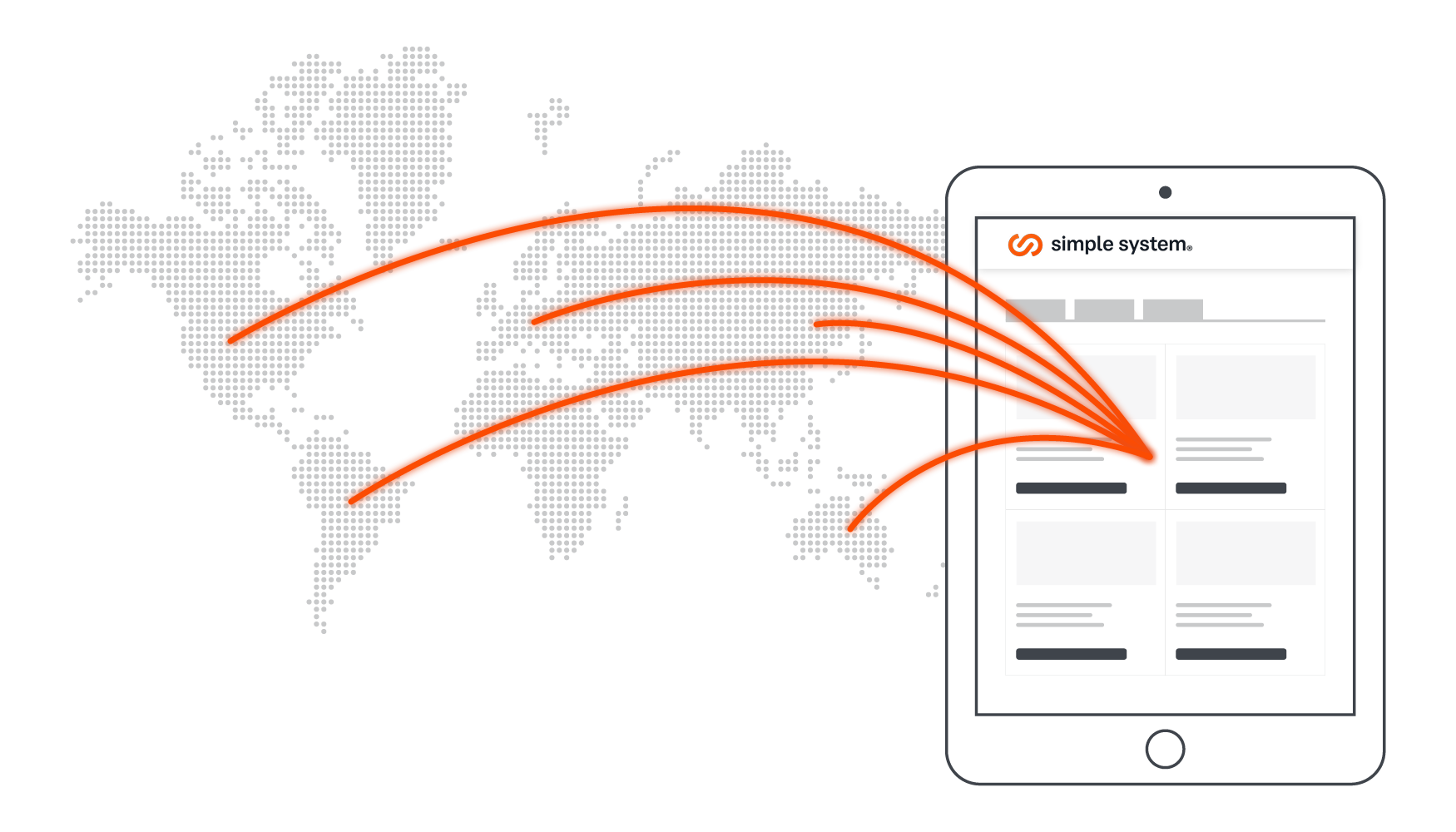
At a glance
- The transformation of purchasing in 2022-2024 reflects the changing business world.
- Key trends include digital transformation, sustainability, cloud solutions, and hybrid working models.
- Cloud solutions offer flexibility, scalability, and improved security.
- Integrating big data and data analytics provides insights to optimize performance.
- Hybrid work models improve adaptability to remote work.
- Overall, these trends offer companies opportunities to increase efficiency and adaptability in a dynamic business environment.
Purchasing Trends 2022 - 2024
Purchasing is a dynamic function within companies that is constantly evolving to meet changing requirements and challenges. In the years 2022 to 2024, a number of significant trends who have a significant influence on purchasing management. These trends range from Digitalization and automation up to a stronger focus on sustainability and supply chain resilience.
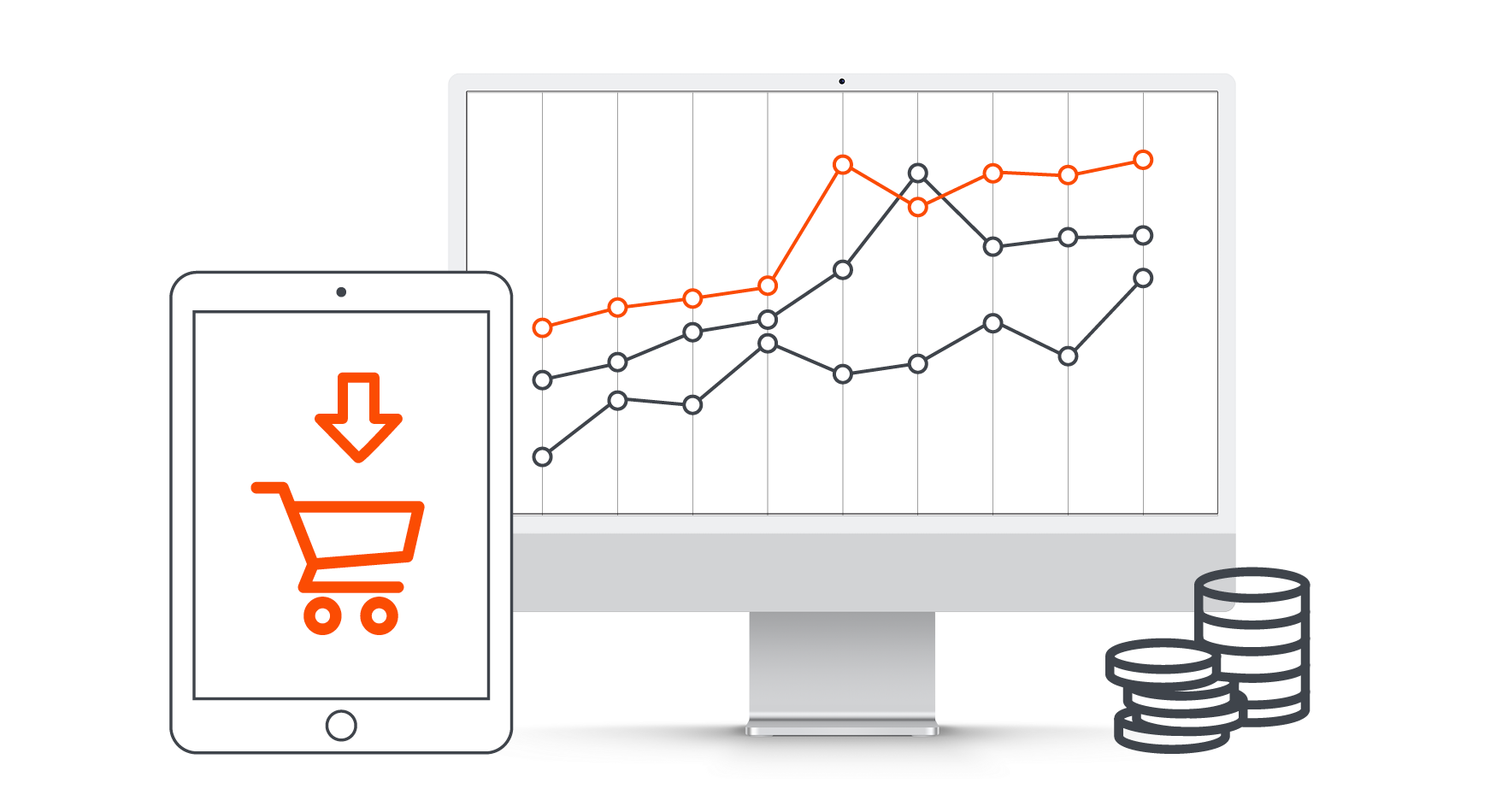
Digital transformation in procurement
The digital transformation has initiated a profound change in the area of purchasing. undertakings Are increasingly focusing on digital technologiesto optimize their procurement processes, increase efficiency and reduce costs. The implementation of e-procurement systems, which make it possible to entire procurement process from needs analysis to invoice processing to process digitally.
Through the Automate repetitive tasks such as ordering processes, invoice verification and supplier management, companies can save time and resources. In addition, digital platforms enable improved transparency along the supply chain by providing real-time data on availability, prices and delivery times.
In addition, digital solutions open up in sourcing new opportunities for Analyzing large amounts of data. By evaluating purchasing data, companies can gain valuable insights to optimize their procurement strategies, minimize risks, and conduct better negotiations between purchasing departments and suppliers.
Overall, digital transformation is helping to Make purchasing processes more efficient, transparent and strategic, which helps companies to successfully position themselves in a dynamic market environment.
Sustainability in the supply chain
Sustainability in the supply chain is becoming increasingly important for companies worldwide. In view of growing sensitivity to environmental and social issues Companies are facing increased pressure from consumers and governments to make their supply chains more sustainable.
This means that companies are increasingly looking for suppliers search comply with ecological and social standards and act responsibly. Measures such as Reducing CO2 emissions, the Avoiding waste and the Use of renewable energy are becoming increasingly important. In addition, they also play Compliance with fair working conditions And the Fostering local communities a central role. Companies that integrate sustainability into their supply chains can not only achieve positive effects on the environment and society, but also secure long-term competitive advantages and strengthen customer trust.
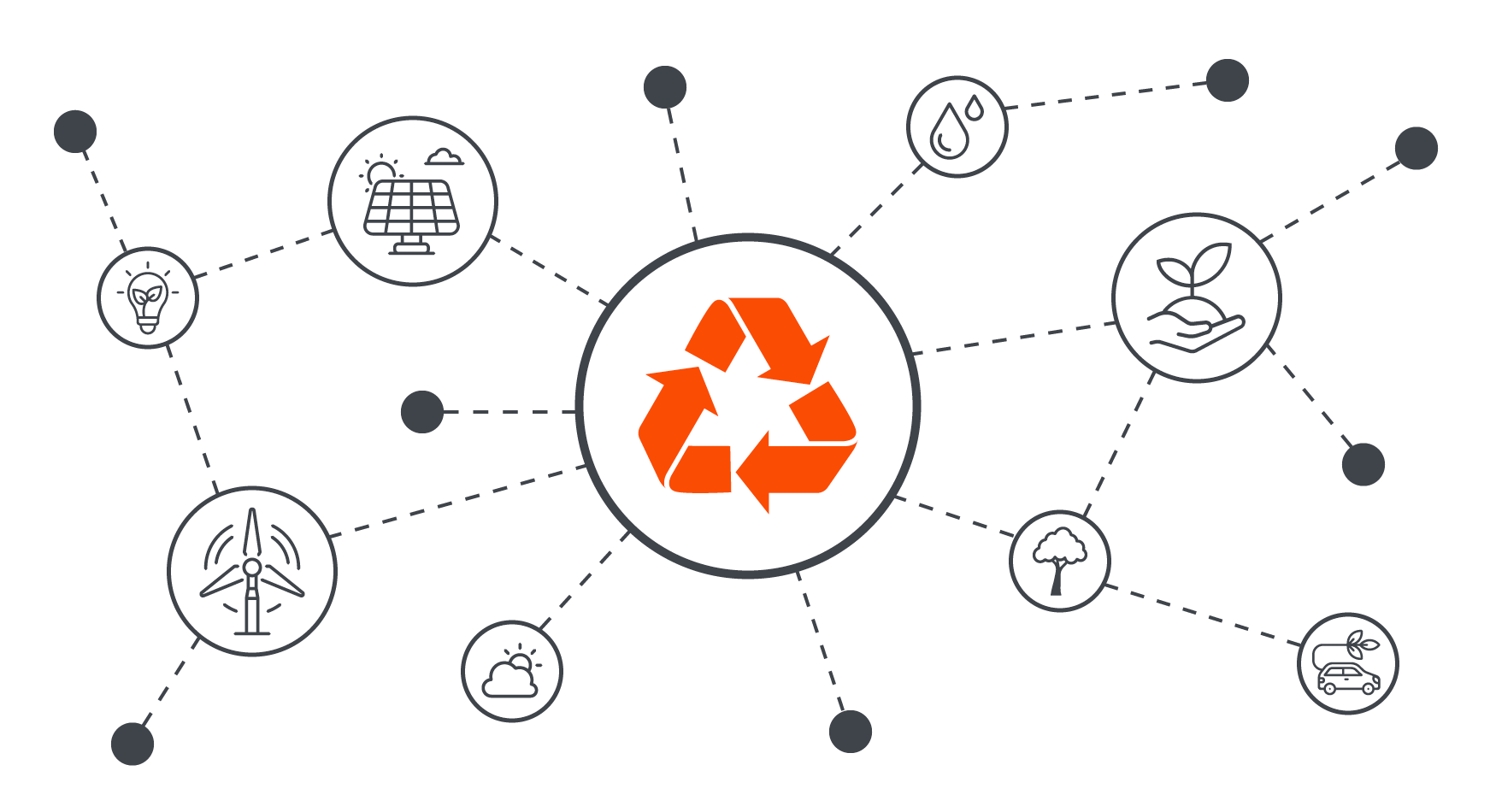
Risk Management, Logistics, and Transparency
risk management, logistics and transparency are key issues that play an important role in the context of current procurement trends. In view of increasing global challenges Like natural disasters, political unrest and trade conflicts, companies recognize the importance of effective risk management along their supply chains.
- This includes the Identify potential risks, developing contingency plans, and diversifying the supplier base to minimize the impact of unforeseen events.
- At the same time, a efficient logistics decisive for the Agile and responsive supply chain to hold. Advances in logistics technology, such as the use of IoT devices to track shipments in real time or the optimization of route planning systems, are helping to increase supply chain efficiency through innovation and reduce bottlenecks.
- Transparency along the supply chain is also becoming increasingly important, both for ethical and legal as well as for business reasons. Customers, buyers and stakeholders increasingly expect information about Where products come from and Under what conditions they were manufactured. Companies that practice transparent supply chain management can not only strengthen the trust of their customers, but also ensure compliance with legal regulations and identify potential risks at an early stage.
A Europe-wide supply chain law should be adopted at the end of April 2024. The law states that EU companies with 1,000 employees and at least 450 million euros in turnover environmental and human rights risks in their supply chains Identify and report and at the same time Create prevention and remedial measures must.
The need for continuing education in purchasing
The need for continuing education in purchasing is discussed again and again in current procurement trends, as the requirements for purchasing professionals are constantly evolving. Digitalization, changing market conditions and new technologies require a constant update of skills and knowledge in the shopping area.
In order to meet the challenges of the changing procurement landscape, it is crucial that Purchasing employees update their knowledge about the latest trends, technologies, and best practices. This can be done through targeted training, seminars, trained consulting, certifications or continuing education programs that are specifically tailored to the needs of the purchasing sector.
Continuing education in purchasing enables professionals to improve their skills in areas such as negotiation, supplier management, risk management and improve data analysis. It also supports the development of strategic thinking and the ability to adapt to new technologiesto make purchasing more efficient and innovative.
Cloud solutions for purchasing
Purchasing is constantly evolving. As a result, companies are faced with the challenge of managing their Procurement processes more efficient and agile to design.
One of the leading solutions, which is becoming increasingly important, is Cloud solutions for purchasing products and services. Cloud technologies offer a wide range of benefits, from Flexibility and scalability up to improved collaboration and cost efficiency.
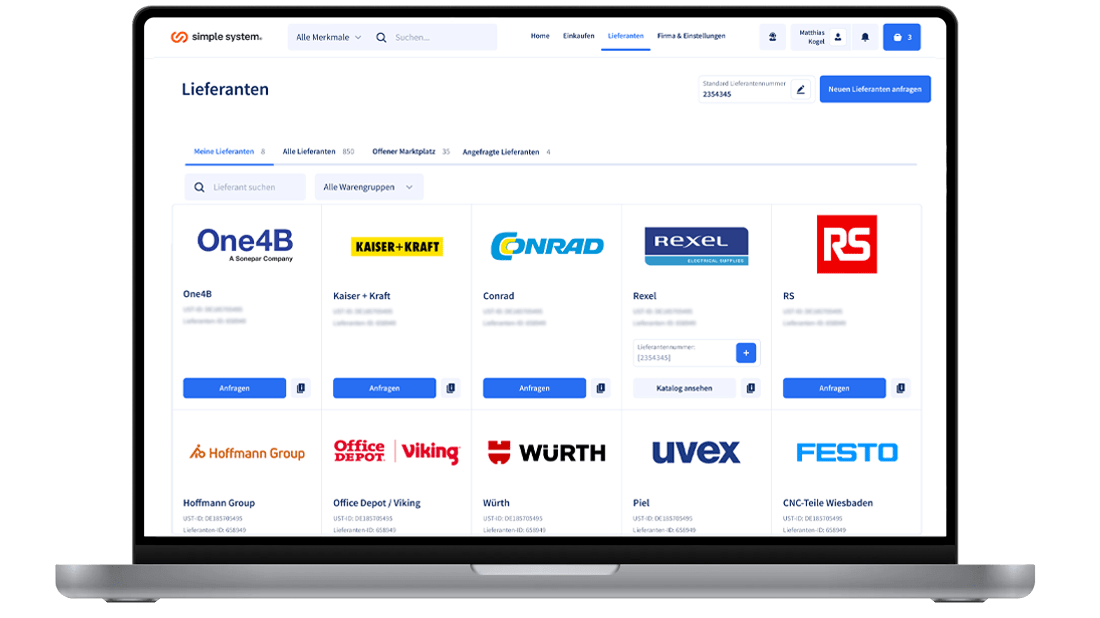
Benefits of using the cloud in purchasing
The use of cloud solutions in purchasing offers a wide range of benefits for companies of all sizes and industries. One of the outstanding strengths is flexibilitythat offer cloud technologies. By accessing purchasing data and applications from virtually anywhere, teams can Regardless of location collaborate and automate processes, which significantly increases efficiency and productivity.
In addition, the scalability of cloud solutions to adapt to changing business requirements. Companies can use their Expand or reduce purchasing infrastructure as requiredwithout having to invest in expensive hardware. This enables an agile and cost-effective design of procurement processes.
Security aspects and risk monitoring for cloud services
The safety and cyber attacks are another important aspect. Cloud providers invest in advanced security technologies and processesto protect their clients' data. This allows companies to focus on their core businesses without having to worry about the security of their purchasing data.
In addition to flexibility, scalability and security, cloud solutions for purchasing also offer improved data analysis options. By using cloud platforms, procurement teams can analyze large amounts of purchasing data to identify trends, minimize risks, and make informed decisions.
Big data and data analytics (also known as big data analytics) enable companies to data-based insights into your procurement processes to win and continuously optimize performance in purchasing processes.
Integrating cloud into remote purchasing processes
The integration of cloud solutions into remote purchasing processes offers companies the opportunity to make their procurement activities more efficient and flexible, especially in times of increased remote work. By using cloud-based Procurement tools and purchasing software teams can work together from anywhere in the world and via an online marketplace regardless of location access the resources you need.
One of the main advantages is the improved collaboration and communication. With cloud solutions, purchasing teams can seamlessly exchange data, edit documents together and communicate in real time, regardless of where the team members are. This helps to improve responsiveness and shorten the lead times of procurement processes.
In addition, the integration of cloud into remote purchasing processes enables a centralized data storage and management. All relevant information, from supplier contacts to contract documents, can be securely stored in the cloud and is always up to date and accessible to authorized users from anywhere.
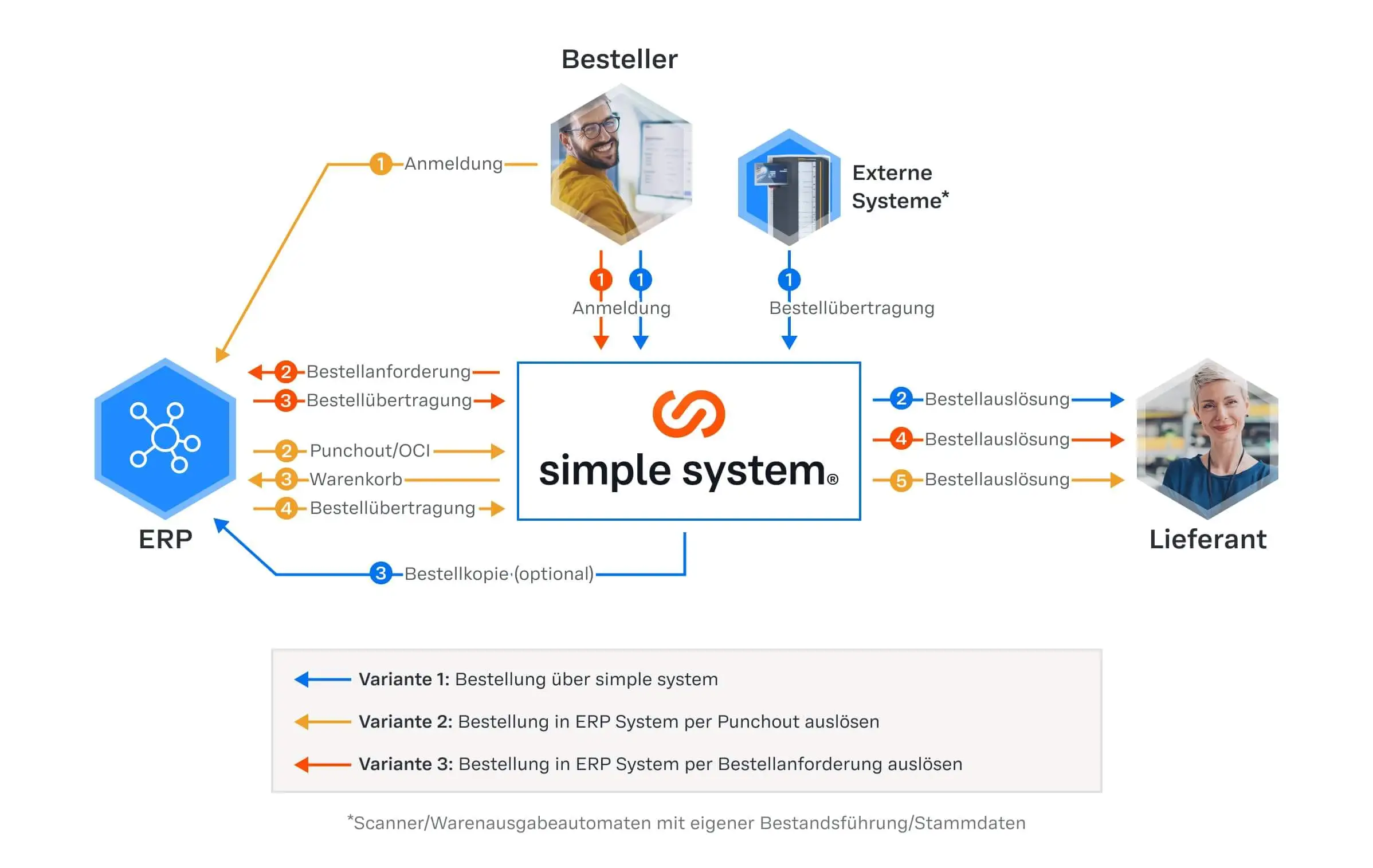
synopsis
The procurement trends for the years 2022 to 2024 reflect the dynamic nature of shopping in a constantly changing business world. From the digital transformation via Sustainability in the supply chain up to Integration of cloud solutions and hybrid work models There are a variety of developments that companies should keep an eye on.
The use of cloud solutions in purchasing offers numerous advantages, such as Flexibility, scalability, improved security, and data analysis. This enables companies to make their procurement processes more efficient and adapt to changing work environments, such as those created by increased remote working. By integrating big data and data analytics with cloud-based purchasing systems, companies can gain insights to optimize their performance and make informed decisions.
Is data security good in e-procurement?
Data security in e-procurement can be good provided that appropriate security measures such as encryption, access control and regular security audits are implemented.
Is hybrid work a procurement trend?
Yes, hybrid working is a procurement trend that has intensified as a result of the COVID-19 pandemic. Companies recognize the benefits of a flexible work model that allows a combination of remote work and face-to-face work in the workplace to increase the efficiency of procurement processes.
Do cloud solutions for procurement work with AI?
Cloud solutions for procurement can work with AI (artificial intelligence) and machine learning. AI can be integrated with cloud platforms for procurement to support processes such as automatic data evaluation, predictive analytics, intelligent contract management, and supplier risk assessment.
When does it make strategic sense to switch to e-procurement?
It makes strategic sense to switch to e-procurement if a company meets the following conditions:
- A high proportion of manual procurement processes that are time-consuming and prone to errors.
- A need for increased transparency and efficiency along the supply chain.
- An interest in integrating digital solutions to optimize procurement processes and support strategic decisions.
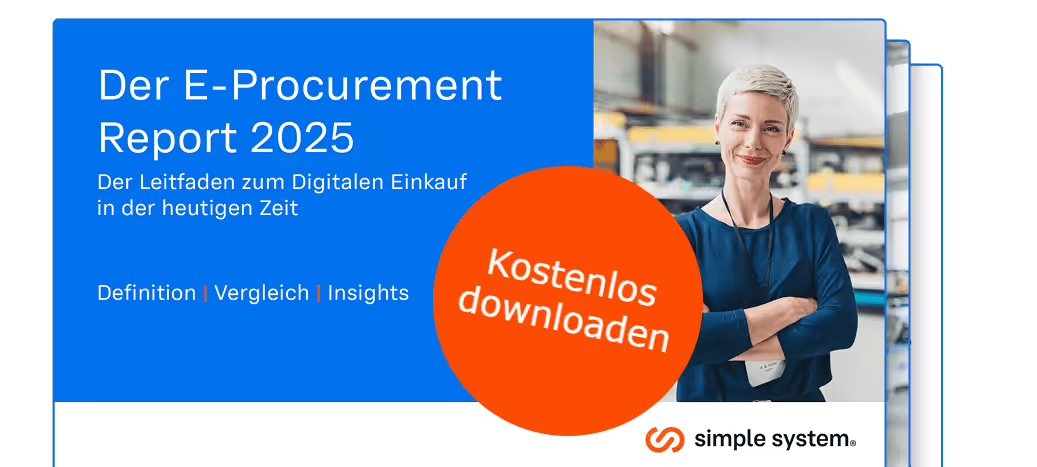
Einkaufen & sparen
Erfahren Sie, wie es geht, in unserem kostenlosen E-Procurement-Report. Jetzt kostenlos und unverbindlich herunterladen.
Jetzt lesen








